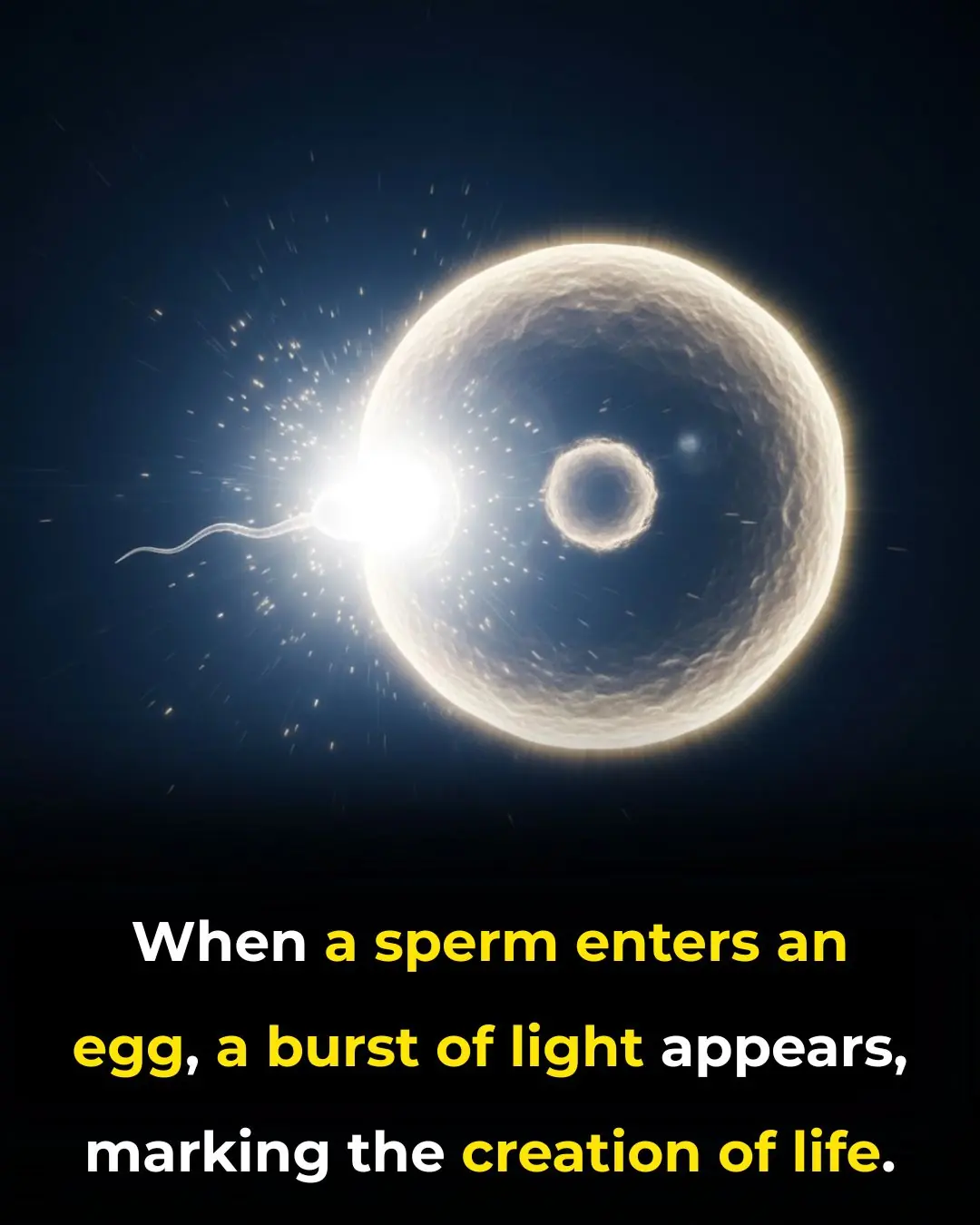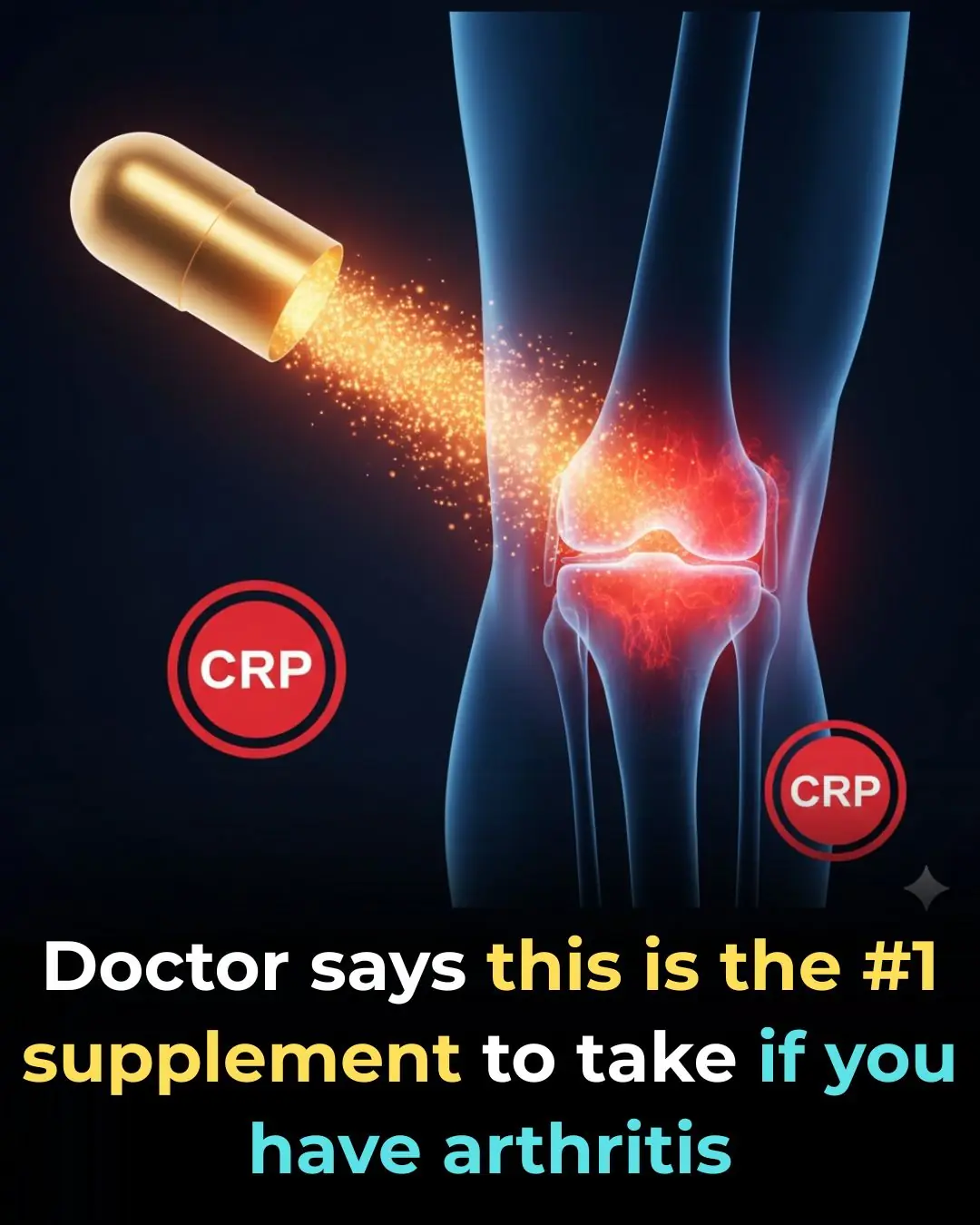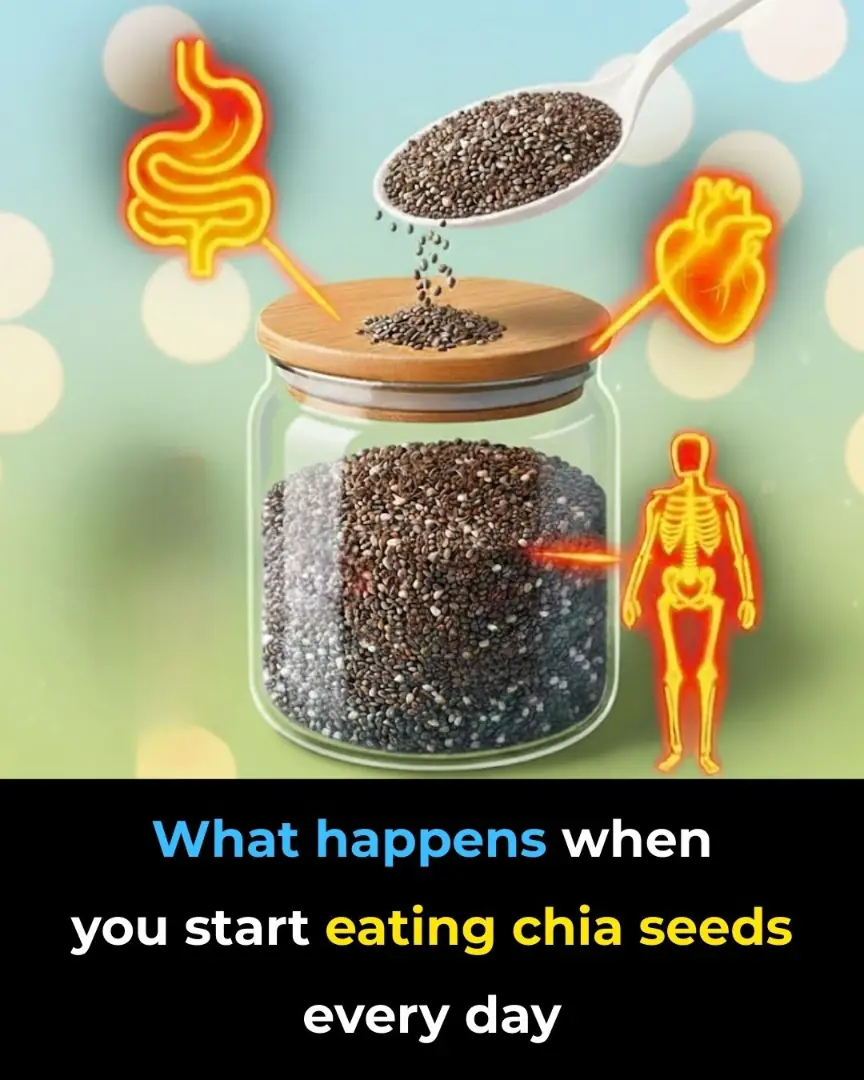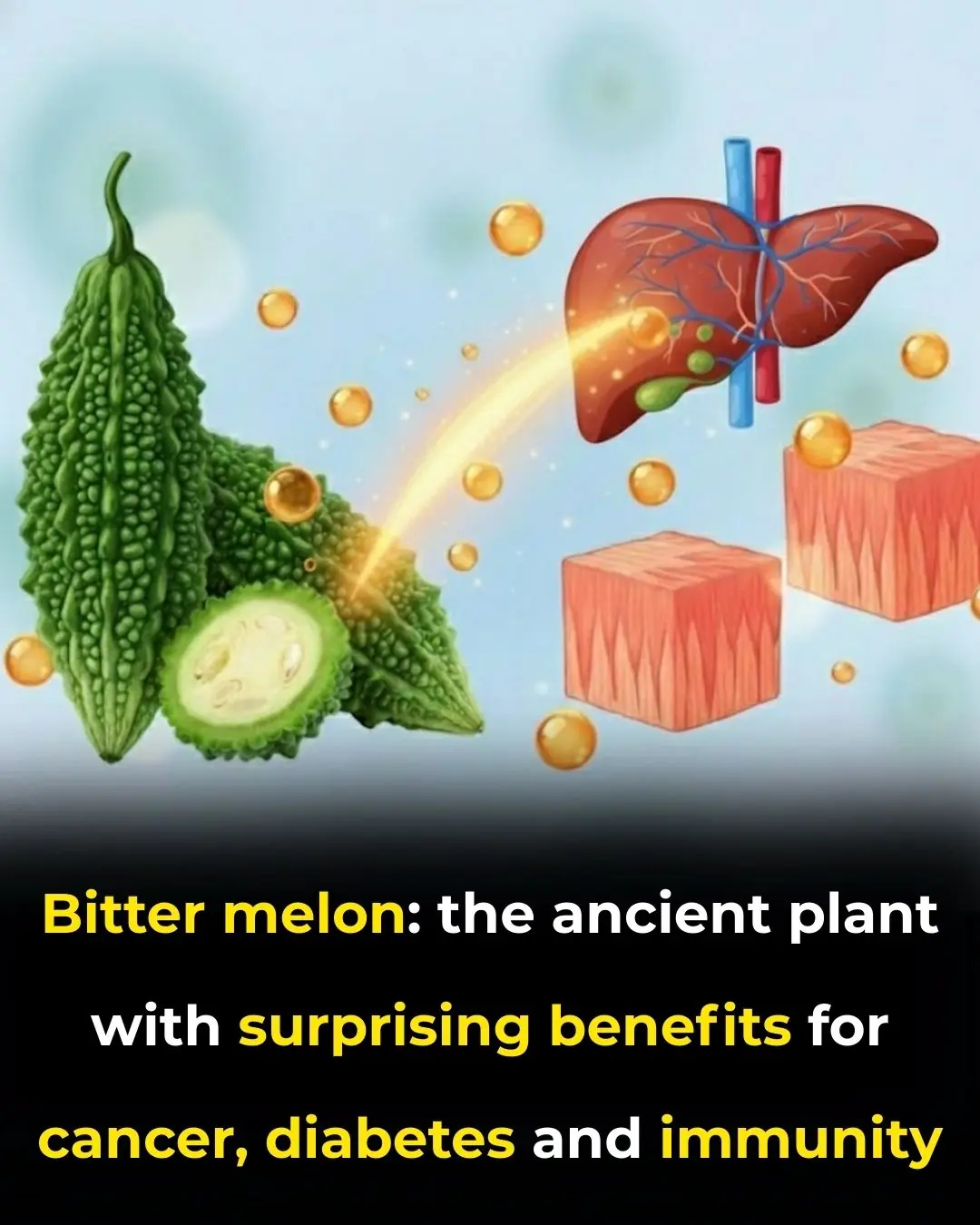
Frisson: The Science and Sensation of Goosebumps from Music and Art
The sudden sensation of chills, goosebumps or a shiver that some people feel when immersed in music, art, or a deeply moving moment is known as frisson. This phenomenon is more than just a metaphorical “shiver down the spine” — it is a real physical response, often triggered by a dramatic chord change, a soaring vocal, a tender lyric, a moving film scene, or an inspiring speech. For certain individuals, frisson feels like an electric wave rising from within; it arrives quickly, pulses through the body, and lingers long after the stimulus ends.
From a scientific perspective, frisson reflects a deep emotional and neurological reaction. During those goosebump moments, our brain’s reward network — the same circuits involved in pleasure from food, love, or other strong stimuli — becomes active. Studies using brain imaging techniques have shown that people who frequently experience musical chills tend to have stronger neural connections between their auditory cortex (which processes sound) and brain regions responsible for emotion and reward.
When music (or other stimuli) builds tension — through unexpected shifts in melody or harmony, sudden crescendos, key changes, or evocative pauses — the brain’s expectation gets violated in a way that triggers a rewarding release. In that moment, dopamine floods the reward centers, producing an intense emotional high that manifests physically as goosebumps, a tingling sensation, or a chill.
Interestingly, frisson is not universal. Surveys and experiments suggest that only a portion of people experience it. For example, some research indicates that roughly 30–60% of listeners report ever having musical chills, while others never feel it regardless of the stimulus. Personality traits — especially the quality known as “openness to experience” — may play a role: people who tend to appreciate novelty, beauty, and emotional depth are more likely to have frisson.
What’s more, frisson isn’t reserved for music alone. Beautiful visual art, powerful film scenes, poetry, stirring speeches, or even experiences in nature can provoke the same reaction. Anywhere the emotional/ aesthetic impact is strong enough, the same psychophysiological “chill from within” can emerge.
For those fortunate enough to experience it, frisson can leave a lasting impression — a memory tied not only to what they heard or saw, but to how they felt. The chills become part of the emotional imprint, deepening the meaning of the moment.
In that sense, frisson reveals something fundamental about human nature: our brains aren’t just passive receivers of sound or sight, they are meaning‑making machines. When a stimulus resonates strongly with our memories, emotions, or aesthetic sense, the brain rewards us — not just with understanding, but with a physical echo of delight.
Selected References
-
Thrills, chills, frissons, and skin orgasms: toward an integrative model of transcendent psychophysiological experiences in music — a comprehensive scientific review of musical frisson.
-
Empirical Measurement of Aesthetic Experience of Music — recent experimental research detecting goosebumps and linking them with brain responses.
-
Smithsonian Magazine — article summarizing neuroimaging findings about why some people get chills from music.ScienceABC — overview of biological mechanisms behind goosebumps induced by music and art.
News in the same category


The Curious Story Behind "Ancient Lights" in UK Property Law

California’s Solar-Canal Initiative: A Game-Changer for Clean Energy and Water Conservation

Nevada Teen Shows Extraordinary Love, Buys Mom a Chevrolet Metro

The Greenland Shark: A Creature That May Have Lived Through the 1600s

Steve Ballmer’s $170 Million Annual Commitment to Early Childhood Education in Washington State

Why Germany’s Animal Shelters Are Virtually “No‑Kill” — And How the Law Makes It So

Steven Pruitt and the Power of Volunteer Knowledge

A Ride for Hope: How One Afghan Father Is Transforming His Daughters’ Future

When Life Begins With a Flash: Understanding the Zinc Spark Phenomenon

From Endangerment to Recovery: The Remarkable Journey of the Haleakalā Silversword

Closing Prisons, Strengthening Communities: The Netherlands’ Remarkable Shift

The Quiet Billionaire: How Epic Systems’ Founder Is Donating Nearly All Her Wealth

Utqiaġvik’s Polar Night: Sixty-Seven Days Without a Sunrise in Alaska’s Northernmost City

A Remarkable Encounter: How a Sparrow’s Nest Was Left Standing Amid 200 Fallen Plants

Innovative Mobility: Denmark’s Mobile Markets Enhancing Food Access for Seniors

Revolutionary Miniature Implant Offers New Hope for Restoring Vision in Macular Degeneration Patients

A Simple Superfood That Enhances Your Baby's Brain Development During Pregnancy
News Post

Doctor says this is the #1 supplement to take if you have arthritis

Why Your Legs Cramp At Night And How To Stop It From Happening

What happens when you start eating chia seeds every day

The Plant That Kills Cancer Cells, Stops Diabetes And Boosts Your Immune System!

How to treat nerve pain in the foot, toes & legs

Headache Above or Behind the Left Eye: Causes and Treatments

5 Deficiencies Almost Everyone Has (And Doesn’t Know About)

Eggs and Coffee: A Surprisingly Powerful Breakfast Combination

Boost Your Immune System Year-Round with Garlic, Onion, and Lemon

Fig Sap (Ficus carica): Uses, Benefits, and Safety Considerations

Billionaire Judy Faulkner, 82, Commits to Giving Away 99% of Her $7.8B Fortune

The Curious Story Behind "Ancient Lights" in UK Property Law

From Precarious to Prosperous: Denmark’s Approach to Entry-Level Jobs

California’s Solar-Canal Initiative: A Game-Changer for Clean Energy and Water Conservation

Nevada Teen Shows Extraordinary Love, Buys Mom a Chevrolet Metro

The Greenland Shark: A Creature That May Have Lived Through the 1600s

Steve Ballmer’s $170 Million Annual Commitment to Early Childhood Education in Washington State

Why Germany’s Animal Shelters Are Virtually “No‑Kill” — And How the Law Makes It So
